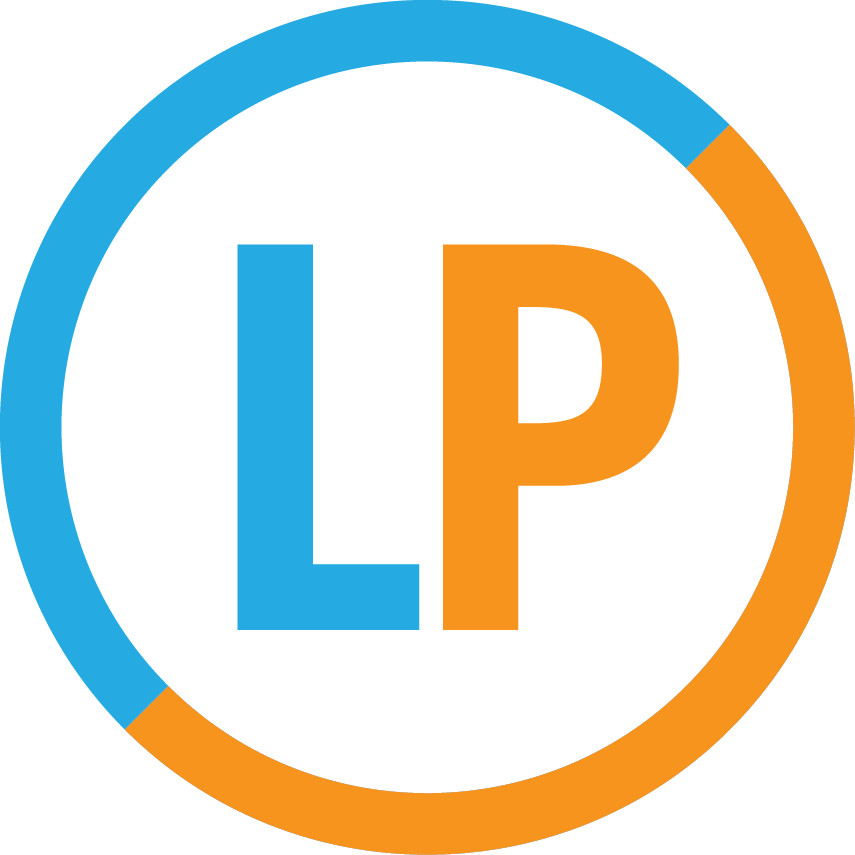LogicPrep's Test-taking Tips
Math
- Underline the question: Underline the actual question and make sure that your answer matches what is being asked. Often, the test will mislead you in the direction of another value. Always ask yourself: “Am I answering the question that is actually being asked?”
- Read slowly: Reading a math problem is very different from devouring a juicy novel. Each problem is filled with useful information that should be carefully extracted and neatly rewritten. Adopting this strategy will greatly reduce careless errors.
- Pace yourself: Rather than expending time on difficult problems that will inevitably weaken your confidence, focus on the questions you know well, making sure you answer them accurately. Our approach teaches students how to distinguish between problems they can answer correctly and efficiently and those that will only consume time and create frustration.
- Organize your algebra: The time saved by doing computations in your head is not worth the trade-off of reduced accuracy. When you organize your work, many common errors that result from not distributing a negative or losing a value are greatly diminished. In our lessons, we teach our students how to quickly and neatly work through problems on paper.
Critical Reading
- Improve your vocabulary: In order to master the Critical Reading section of the SAT, a strong vocabulary is essential. Building a better vocabulary through reading and flashcards will not only help you choose right answers, but also eliminate wrong choices.
- Assess the questions: Recognizing the most difficult problems and when to skip them is an effective way to increase your score. It is a waste of time to debate the meanings of words you definitely don’t know. We provide strategies that will help you determine when to hold and when to fold.
- Underline and outline: Underlining and circling important information is an effective way of reading actively. Similarly, creating a quick outline of the paragraphs helps organize the content and makes answering the questions easier. We teach our students how to outline the passages as a way of digesting them.
Writing
- Learn the rules: Learning grammatical rules about subject-verb agreement, modifiers, clauses, and parallel sentence structure, among other topics, is essential for students looking to master the Writing section of the SAT.
- Break apart sentences: Carefully focusing on the differences between the answer choices and applying your knowledge of grammatical rules will help you narrow down your options, increase accuracy, and save time.
- Master idioms: We help students learn all of the idioms that are tested on the SAT. This topic commonly throws students off, as it is easy to be misled by errors in spoken English.
